By Annabel Dobbyn
Photograph by Sarah Goolishian
When I tell strangers that I work in a textile conservation studio, I know exactly what will happen. A blank look eclipses their face. The whites of their eyes blow open and then they narrow. They unhinge their jaws and ask: what?
It is a bit thrilling, possessing the ability to entirely befuddle another human being in just a few short words. However, it is the nature of our work to share information, so today I thought I would bring you all along with me for a day in the life of a textile conservation studio.
I arrive at 9 am, feeling incredibly blessed by the DMV traffic gods, and, in even better news, I seem to have beaten my coworker, Kaitlyn, here. It’s not that I don’t adore Kaitlyn; but there is something soul satisfying about being able to choose the morning playlist. A variety of different genres thrum out of our studio speaker. Habibi funk, 70s disco, indie male manipulator, Malian kora, and riot grrrl have all graced our ears. Being first to the computer is often a losing battle, though, as we work from a home-based studio. I hurry up the brick walkway, but I slow down when I hear classical piano. Damn, it is virtually impossible to beat Julia in the mornings.
I put my items down and go to wash my hands before officially entering the studio space. Julia sits at the computer, replying to emails, and she turns to greet me with a warm smile. We chatter for a while, mostly about politics (I know, forbidden workplace topic, but conservation is political, no matter what anyone else tells you). Kaitlyn walks in, and we begin talking about the days agenda of work, and Baby Macenzie of course.
This morning, a client arrives with a World War II flag of wool bunting, flown from his grandfather’s ship at Normandie. Military textiles are common within our line of work, but that doesn’t make it any less exciting. If anything, it comforts a client to know that their object will be in experienced hands. For us, these kinds of objects usually come with stories. Tales of grandfathers on war battered ships, immense bravery, a gunshot hole, and a fight against fascism. This is what makes textiles come alive, especially when their makers are frequently unknown. To know a textile is to love it, and that is the great privilege of our work.
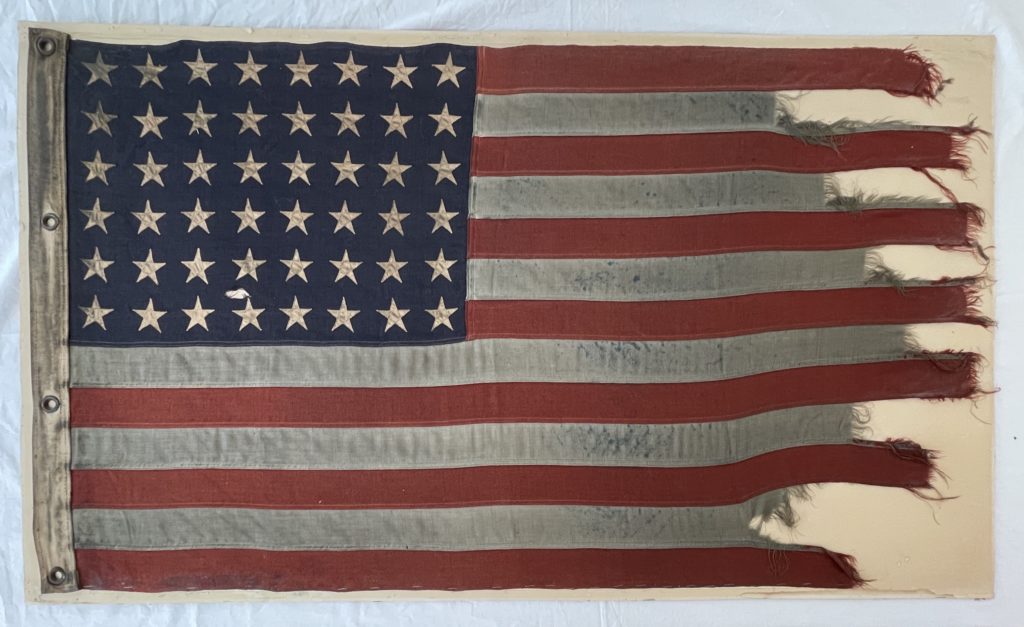
Photograph by Sarah Goolishian
After the client leaves, Kaitlyn begins repairs on a very delicate dress for a local institution and I begin clipping tiny stitches to remove a delicate sampler from an old acidic mount. This is the first step, after which comes documentation front and back, testing of dyes, and surface cleaning.
Julia briefly leaves the studio for an offsite consultation, which could mean going up on a hijacker lift to examine a Medieval tapestry, or survey a collection. We turn on one of our favorite podcasts, Normal Gossip. Sometimes we spring for an educational podcast, such as Articles of Interest, but, if I’m being completely honest, nothing makes me more productive than a riveting gossip story. Hey–the expression stitch and bitch was invented for a reason!
If I have a little non-scheduled time between projects, I might run up some Velcro on twill tape on the machine, because we seem to use a huge amount of this for hanging rugs, tapestries, quilts, and any large strong sturdy textile. The machine purrs as I try to stitch straight lines as fast as I can.
After lunch, Julia and I commence the monumental task of wet cleaning a quilt. We have already tested the dyes in the many fabrics to ensure there will be no bleeding. Testing dyes is a grave process. We know what we would like to do to a textile, but it’s often not up to us. Pray to the textile gods that it cleans beautifully, perhaps offer up your favorite curved needle in sacrifice. The quilt appears solid. We set up the custom frame for a flotation tank in a sloped outdoor courtyard and we start slowly filling the bath.
Photograph by Sarah Goolishian
After the tank is filled, we gently unfurl the quilt and begin patting it into the water. We do the same with our Orvus, a non-ionic detergent. There is something that feels quite spiritual about this, the understanding that my current form mimics all the women who came before me. The woman washing fabrics, I become her. The water runs yellow with acidity, we take a test sample, and Julia has me release one end of our floatation frame. We rinse and rinse and rinse and let the water squelch between our fingers until it is squeaky clean.
Photographs by Sarah Goolishian
We roll the quilt onto a tube and Julia once more tells me of the importance of a good rolling partner. There’s a natural synchronicity between two individuals who are well suited for one another. I can’t always tell why Julia tells me this, but I know everyone has their learning curve. We prepare a sheet-bed in a shady patch in the yard and unwind the quilt, carefully blocking the edges. I pull up a chair and keep my eye out for curious birds and squirrels. Every thirty minutes or so, we carefully turn our baby over and lay her on fresh dry sheets.
Not every day is like this, but when it is I luxuriate in it. The birds twitter softly at a safe distance. I marvel at the work we do, simplicity and complexity running over at the same time. The realization that our field is fairly new in the history of the world and ancient at the same time. A glorified upstairs maid and a well-practiced professional in the same body. With all these contradictions, it really shouldn’t be a surprise that people are confused by what we do.
All photos by Caring for Textiles unless otherwise noted
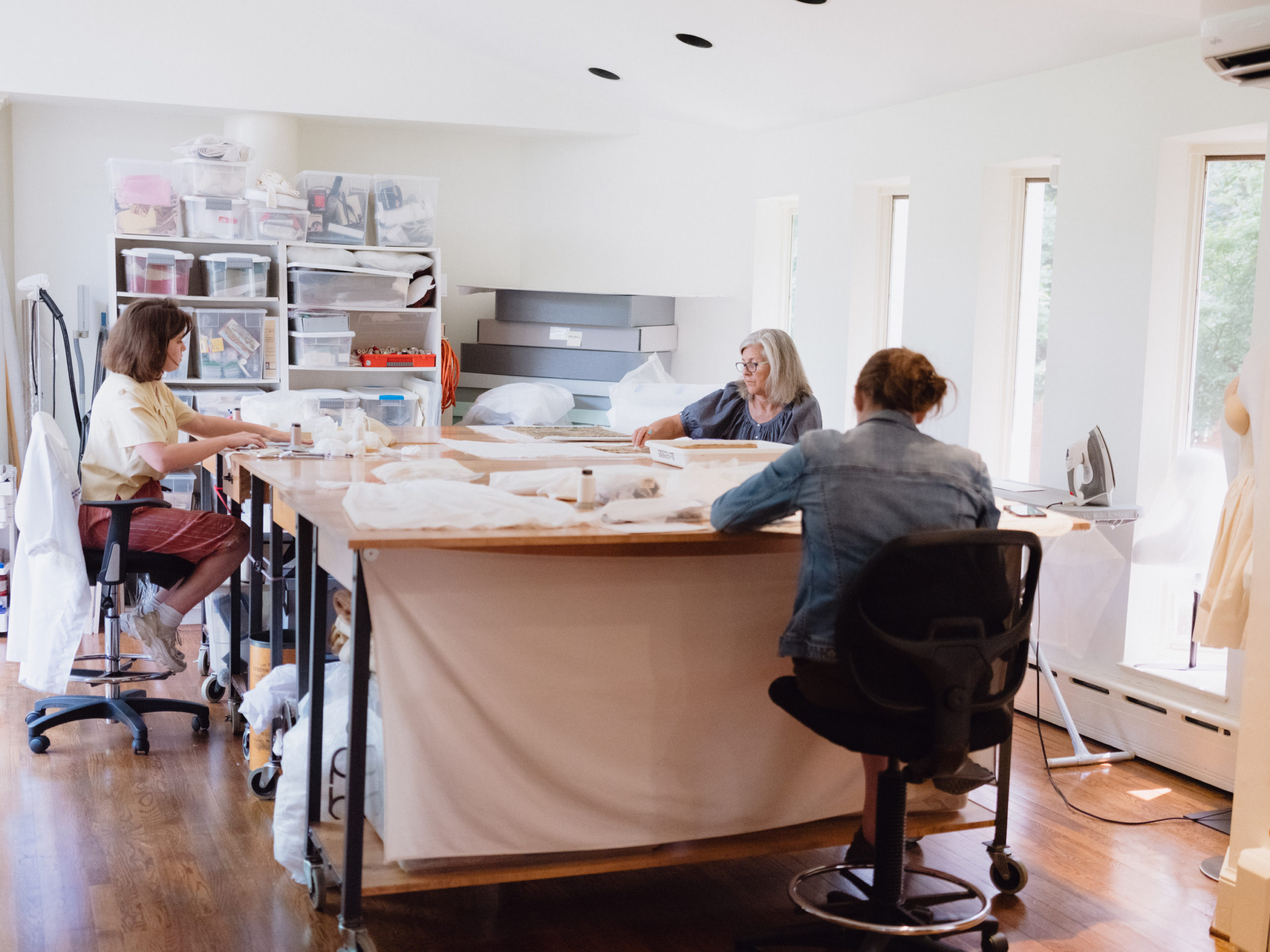
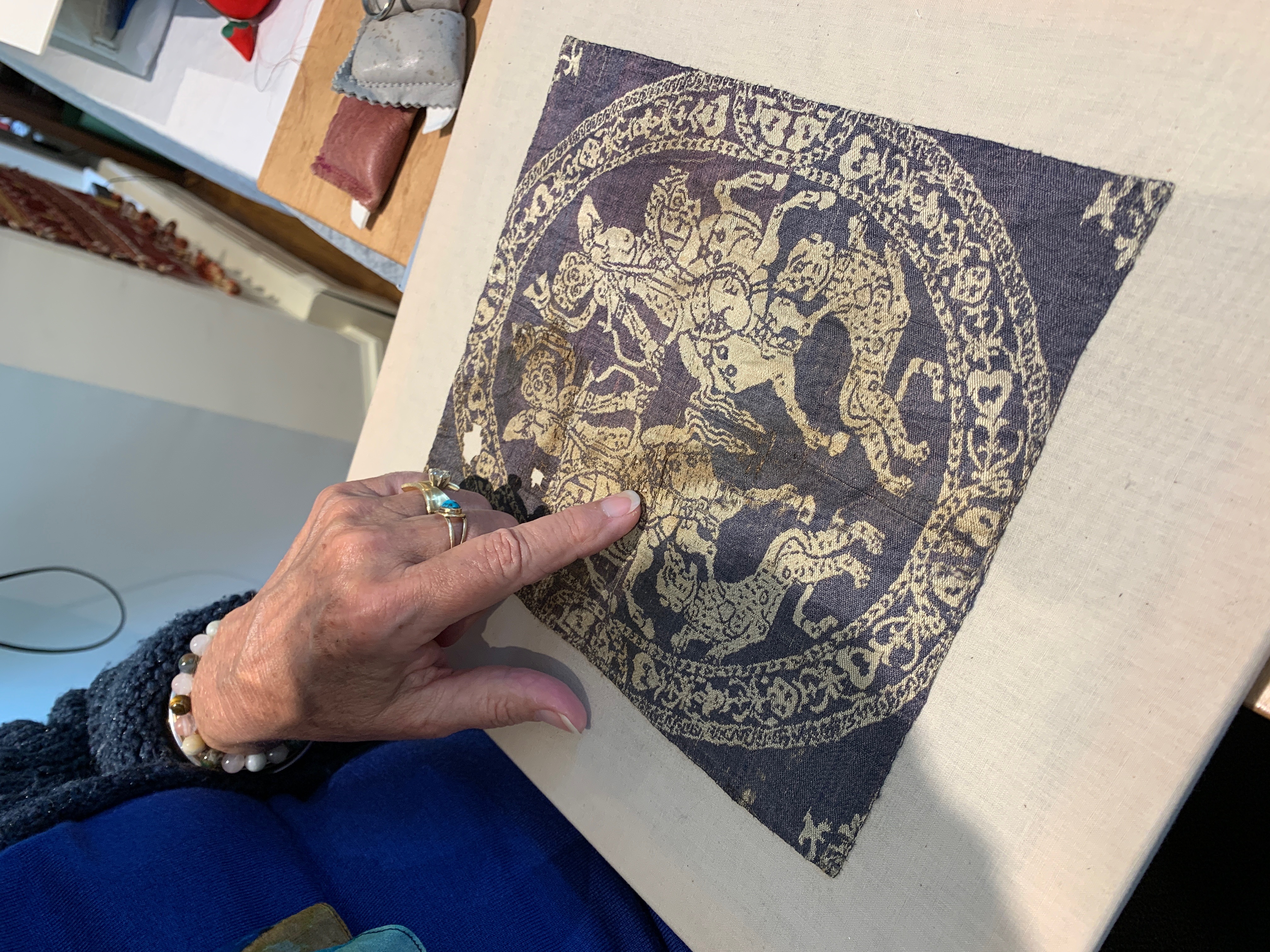
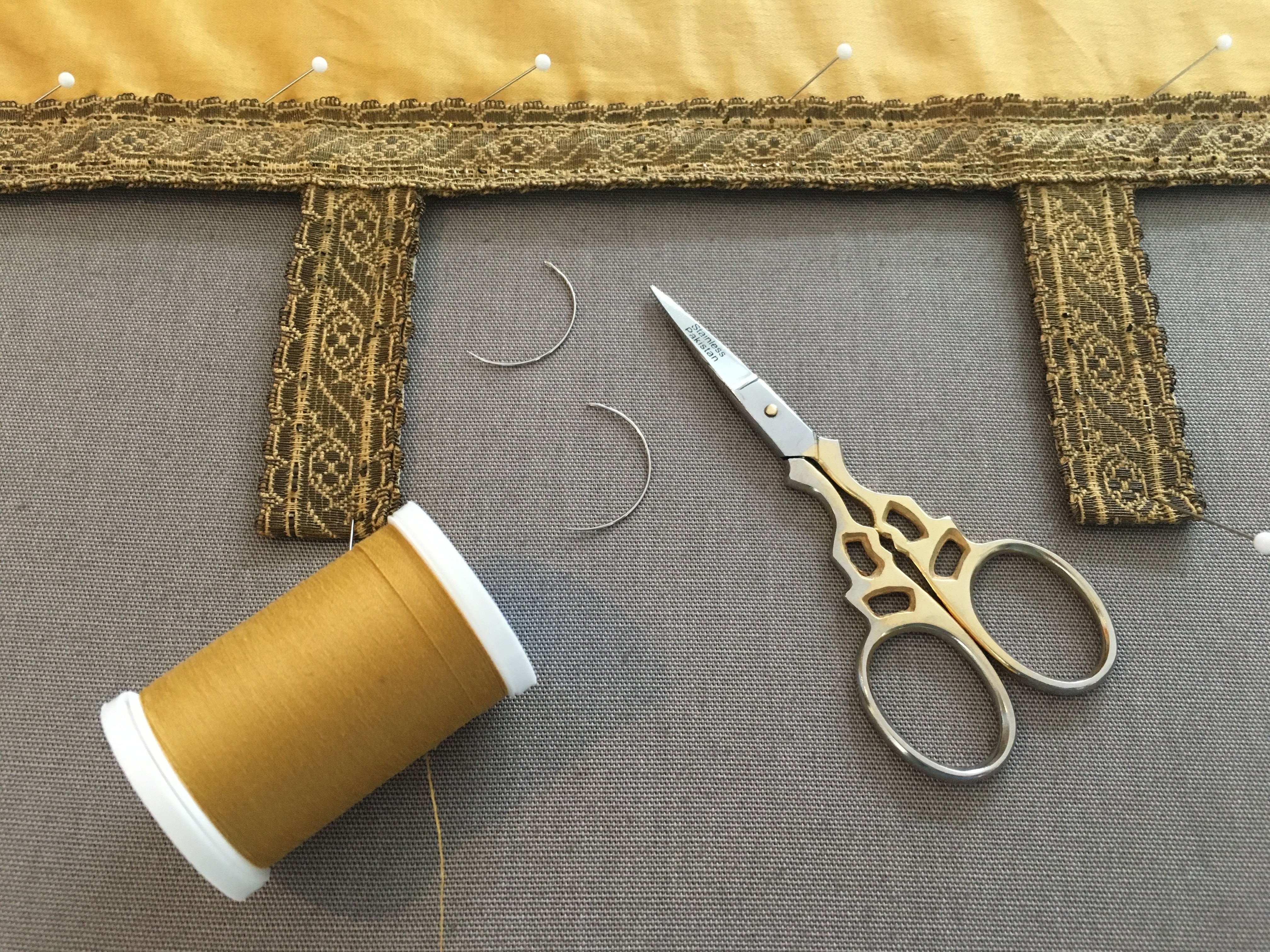
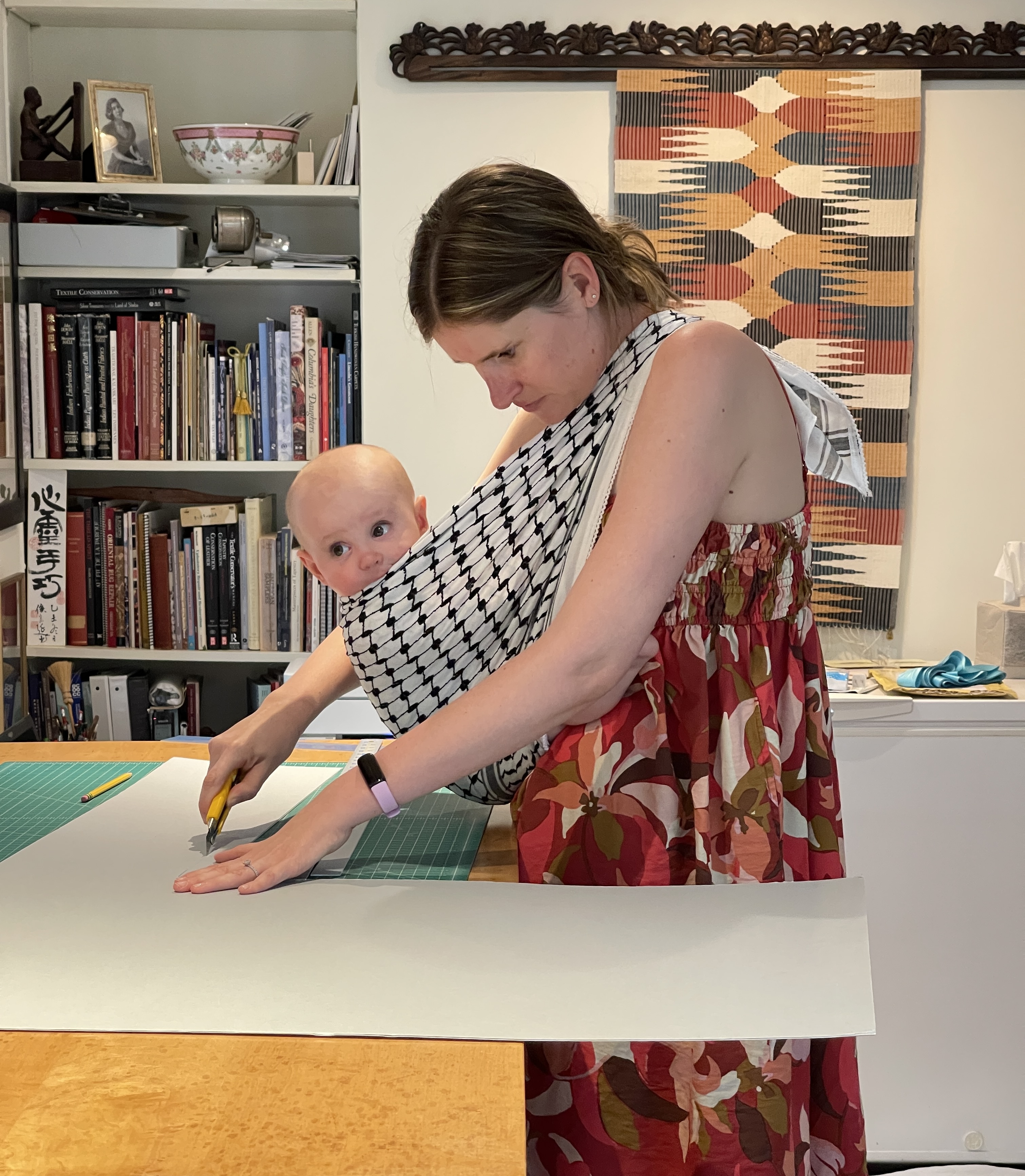
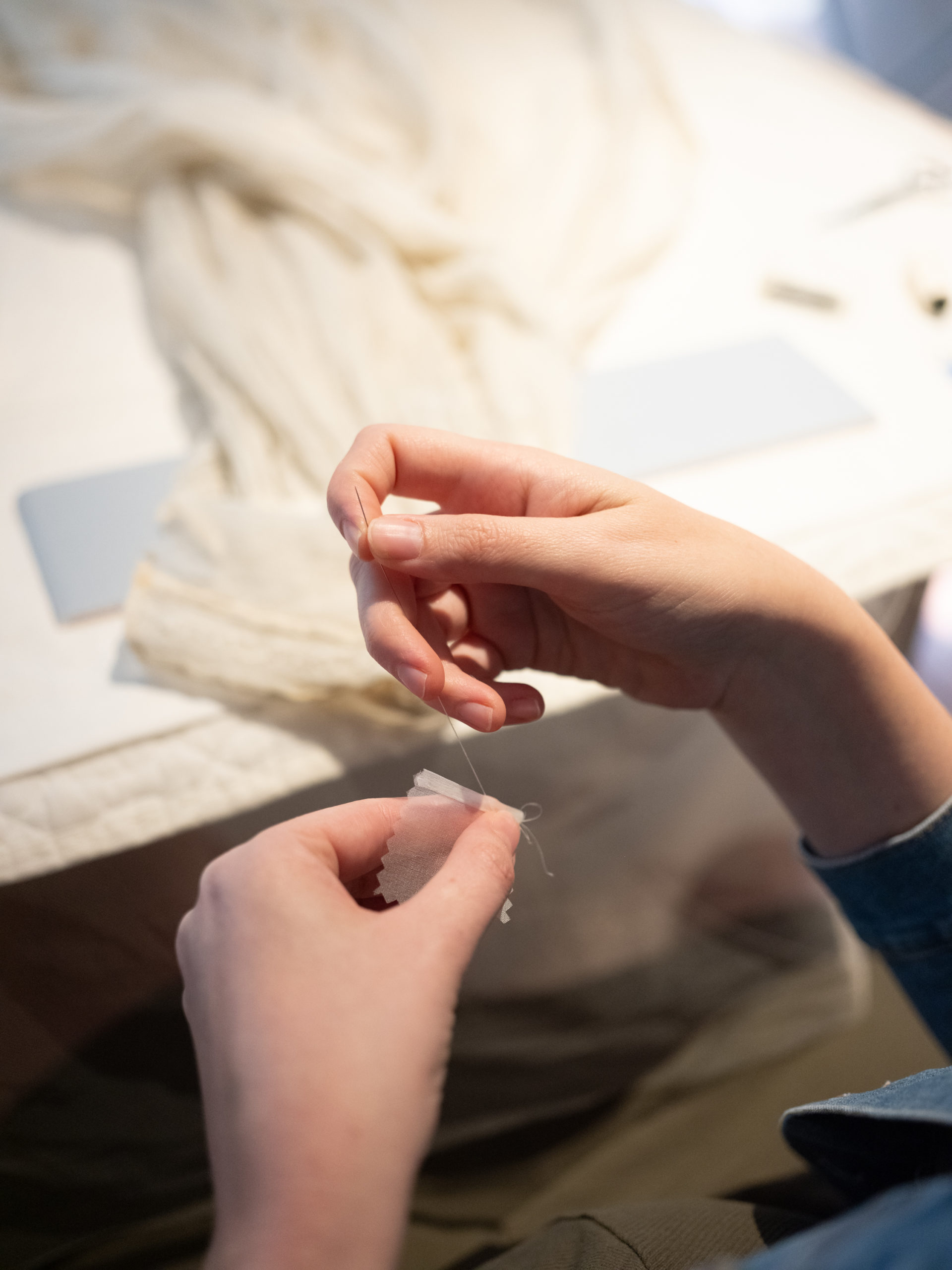
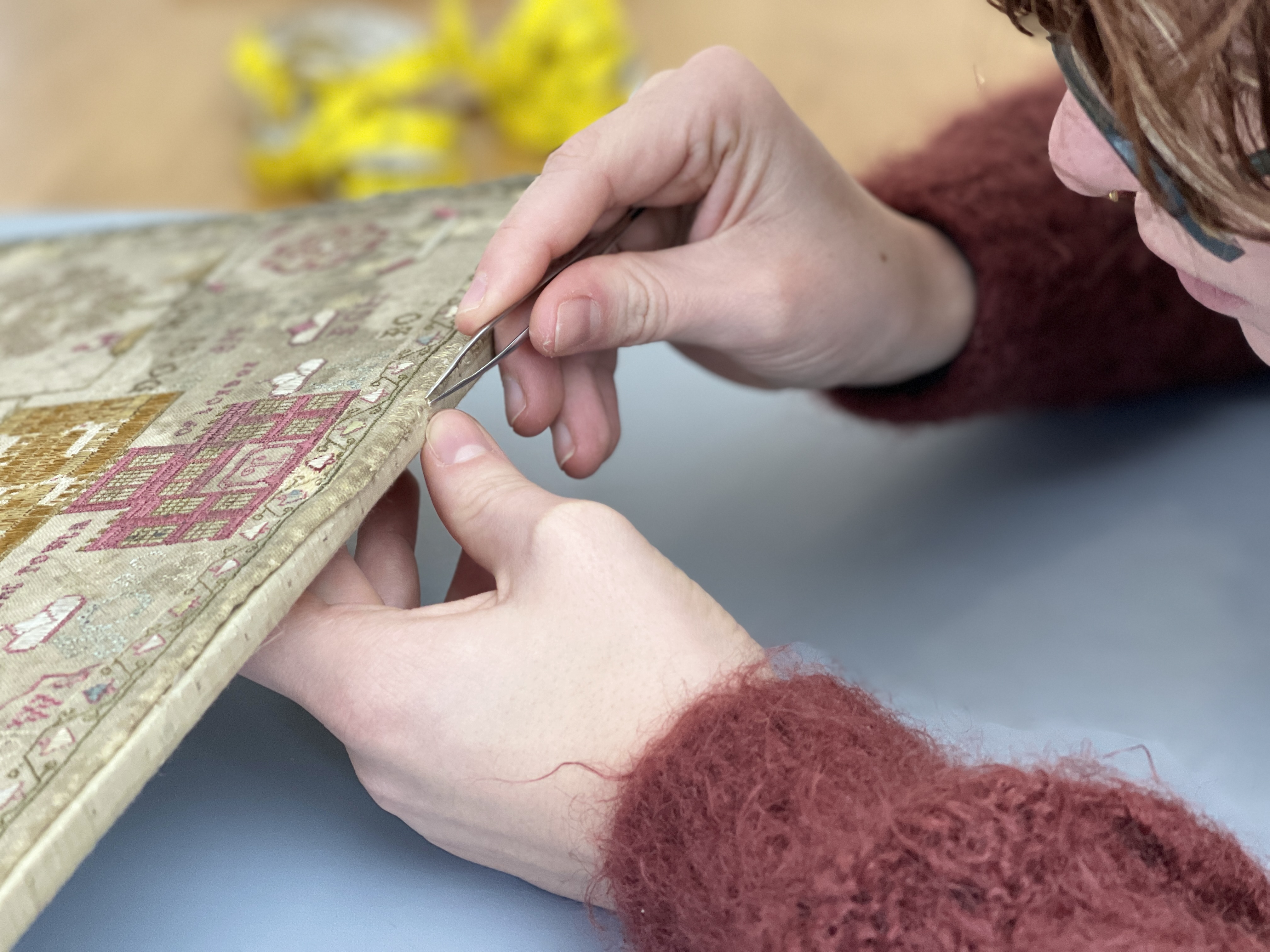
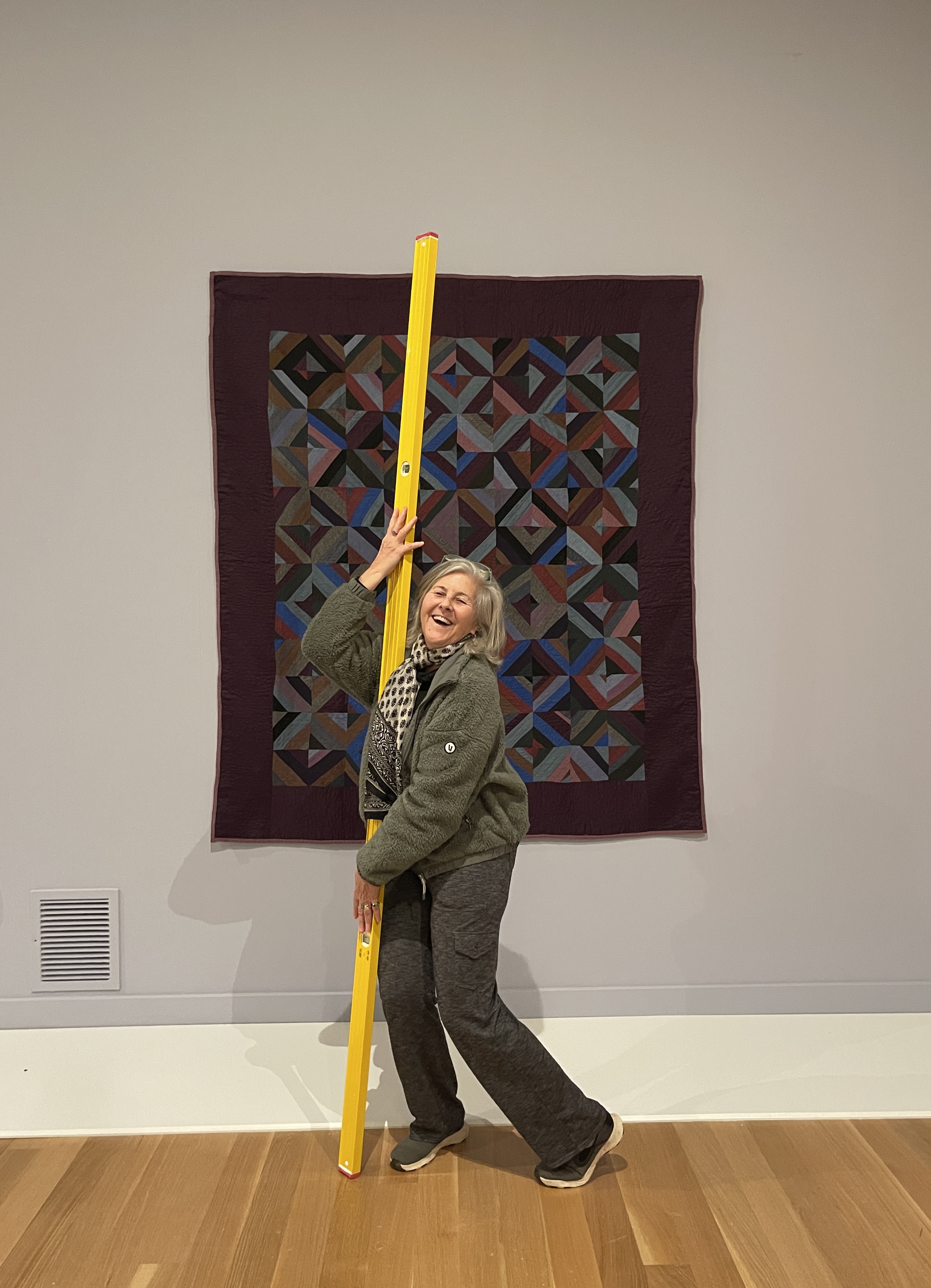
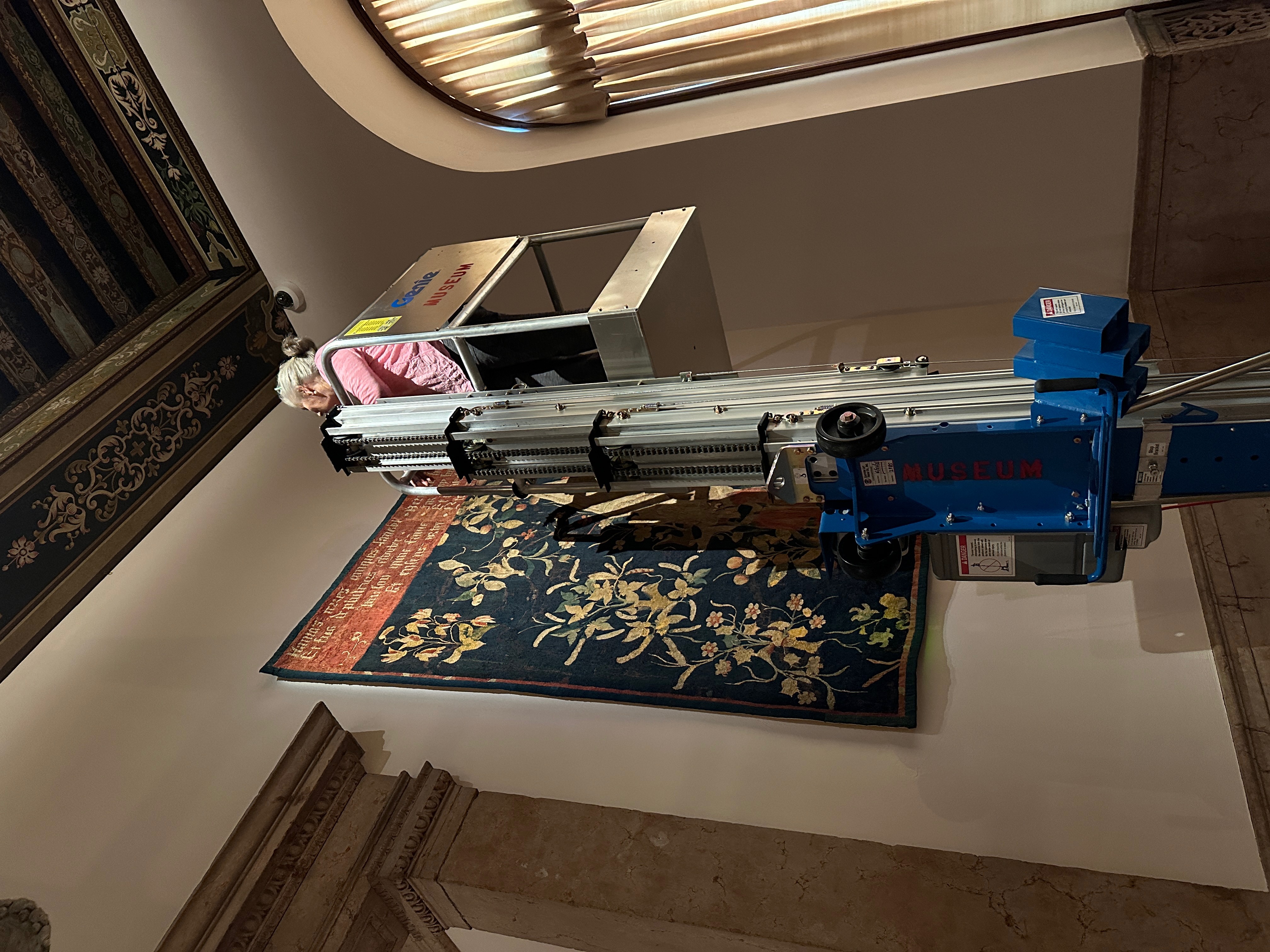
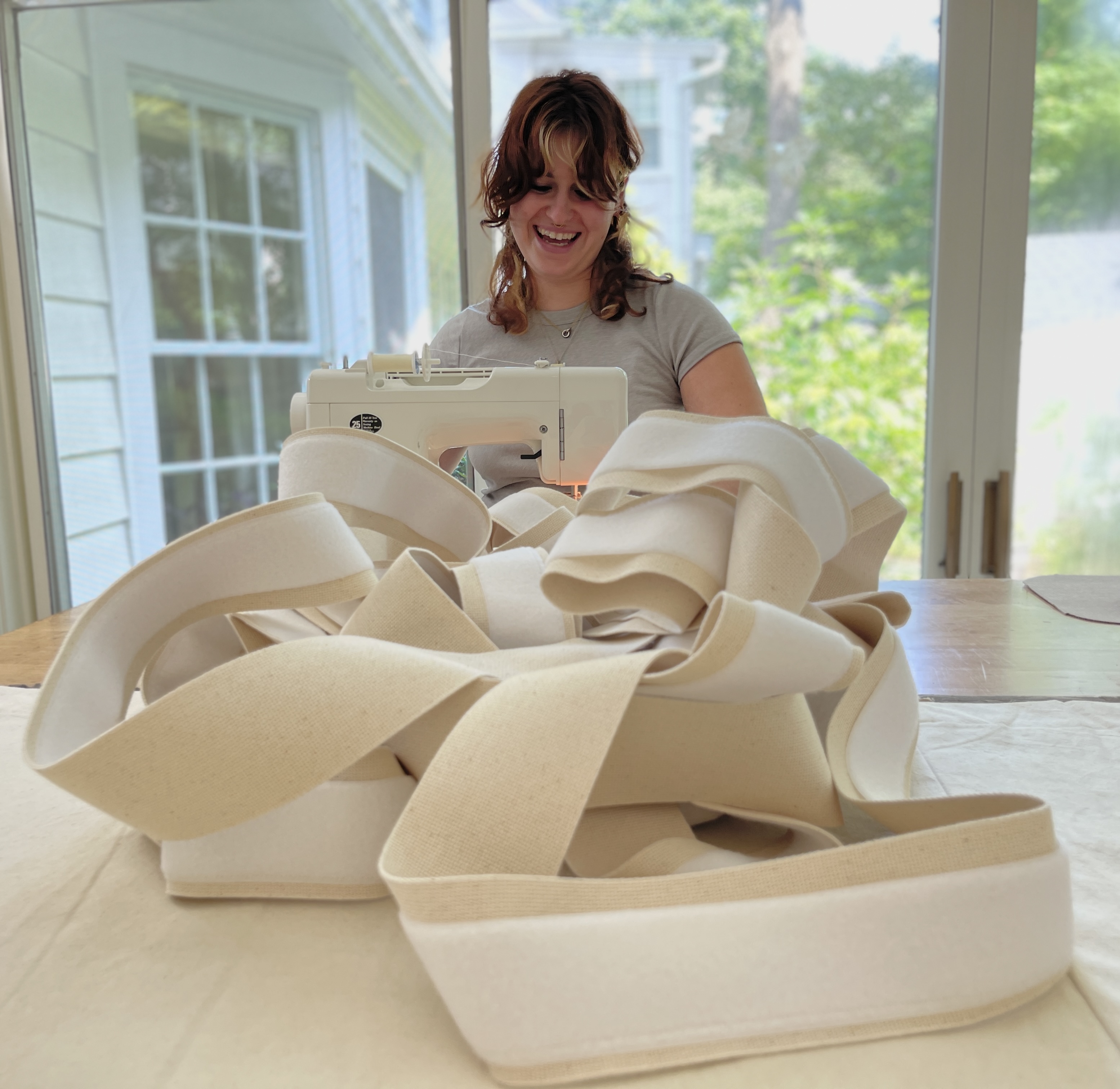
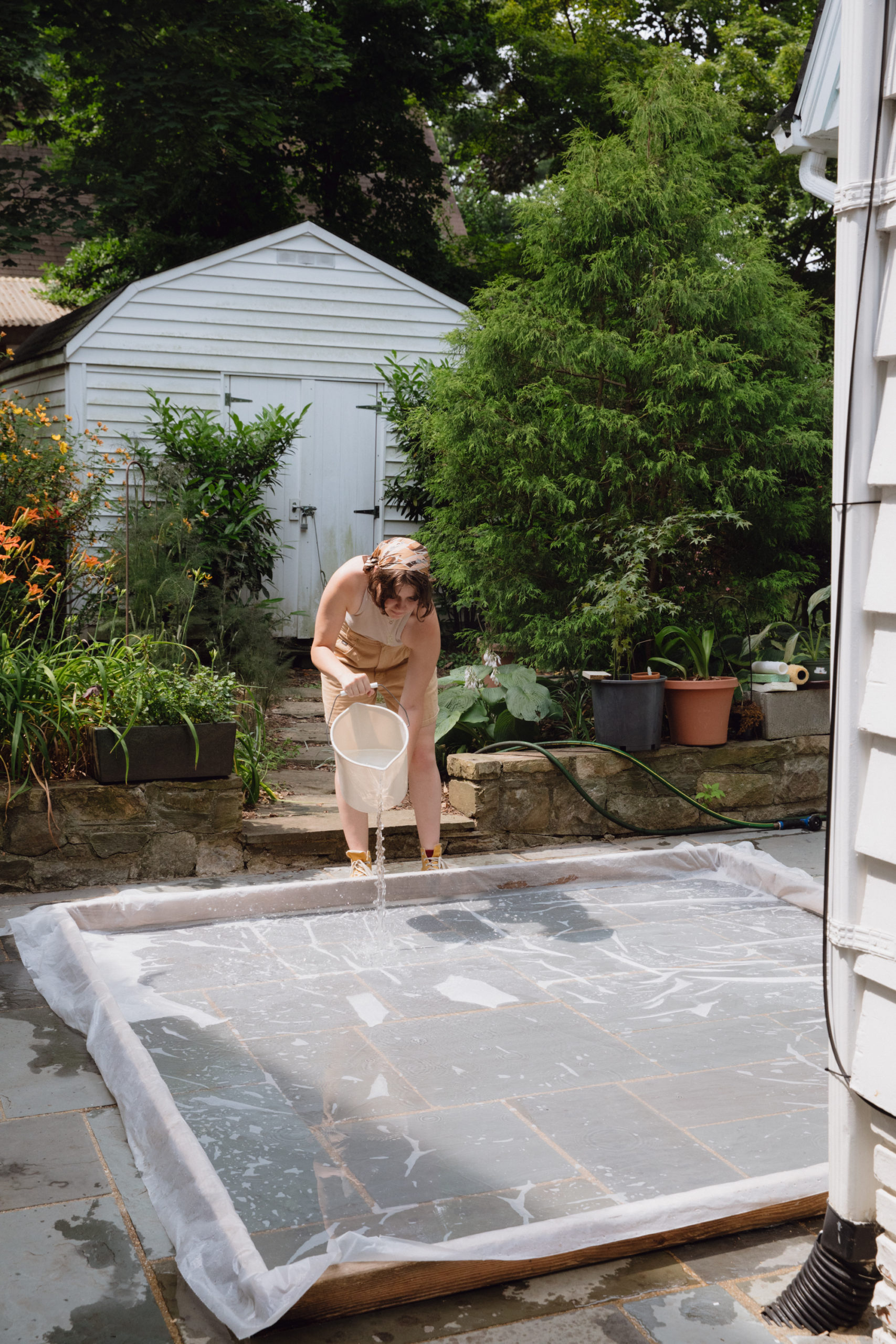
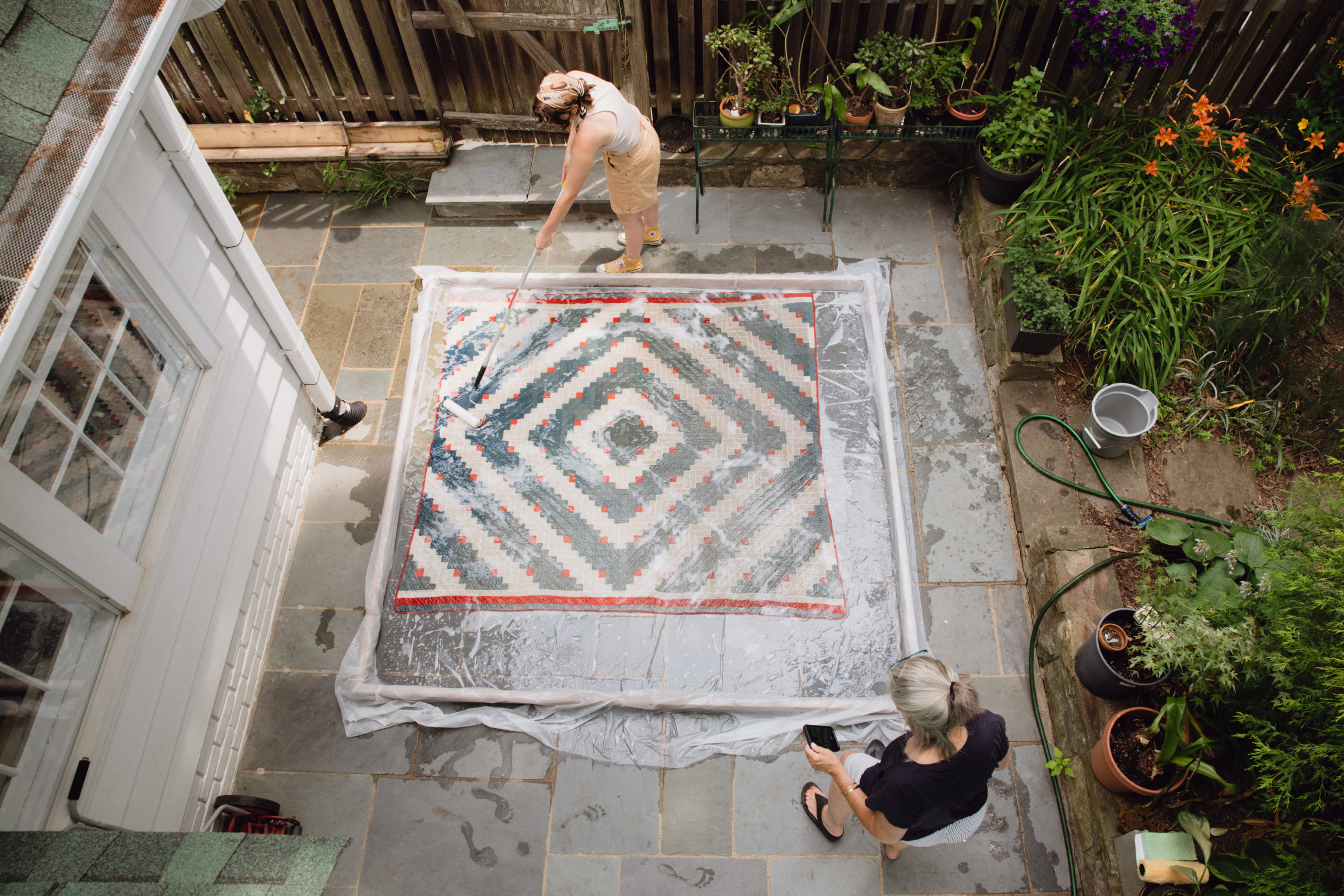
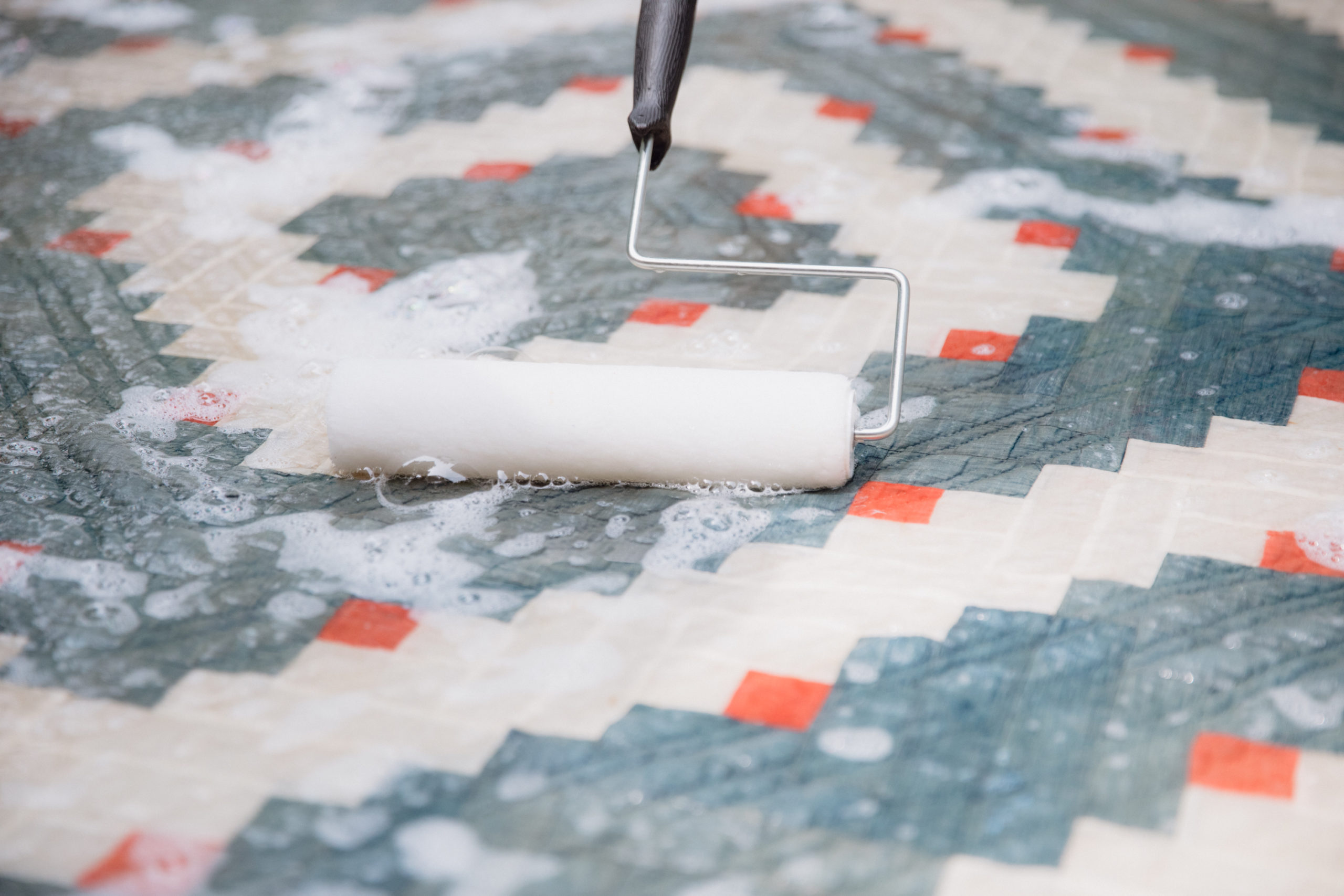

Fascinating! Thanks for fixing the Read button! I so enjoyed your narrative and the gorgeous illustrative photos accompanying your reporting on your day.
And, many Congratulations to Kaitlyn on beautiful Baby Mackenzie! So much joy in Life growing out of your studio!
You are so right- yours is a developing field , tasked with carrying memories, feelings, stories and human histories forward to be shared and demonstrated thru textiles.
Such a gift you all give.
Thank you Ann for appreciating our work, dedication and yes the growing family too. Responses like yours keep us energized and curious about all projects. As well as grateful !
Hi Julia
You are clearly in great form. In Feb I spent three weeks on site at the Queensland Maritime Museum in Brisbane. doing a review. Teaching in Zadar in Croatia in May, a shipwreck season in Bulgaria followed by a couple of weeks in Turkey then teaching in Beijing for weeks.
Busy but happy. Rinske is well.
Wonderful story. Well written. Thanks for sharing.
Lovely– and cute baby too
I thoroughly enjoyed your description of your day and the importance of your work. I identify with being “an upstairs maid, and a well-practiced professional”.
Julia, what a great insight into the “behind the scenes” of your operation and staff. Everyone should take the time to showcase a little bit of what they do to make life brighter, and you definitely have a way of accomplishing that through your studio..!! Thank you for sharing.
Thank you for this. It is a very interesting insight into your incredible work.
What a wonderful narrative! I have been reading a lot about minimalism lately and trying to think through the release of objects in my life and yet this reminds me of the story that each thing holds. I need to try my best to transfer story with object!
Great read and beautiful photos of the talented team at work!
Absolutely delightful! I felt as
If I was working right there with you because your descriptions were so clear. How fun to see Baby Mcenzie in the midst of it all. Thank you Annabel.
May there be a time for your music too.
PS for Julia. Our granddaughter who is studying in Bhutan for her junior semester abroad has visited the textile museum in Thimphu at your suggestion and marveled at the display. No picture taking though but she is hoping to get back before leaving the country. She is having an incredible experience in the beautiful, peaceful country.